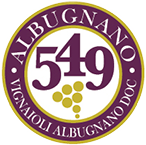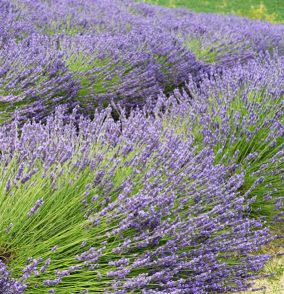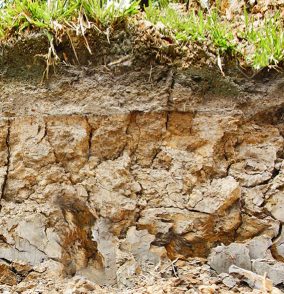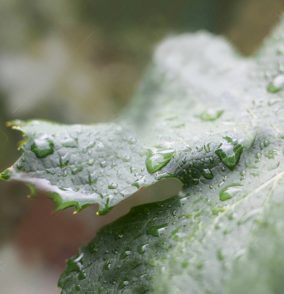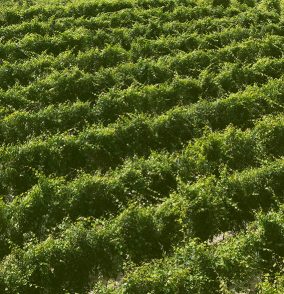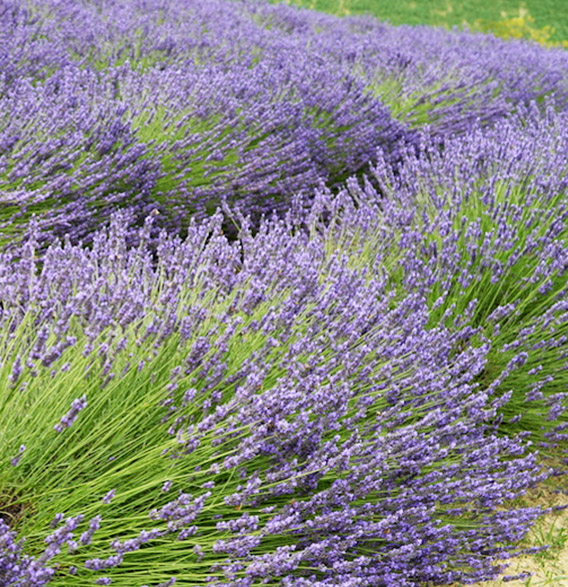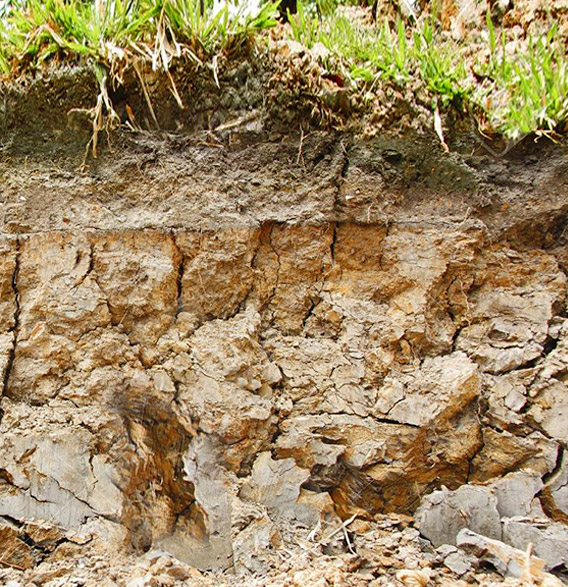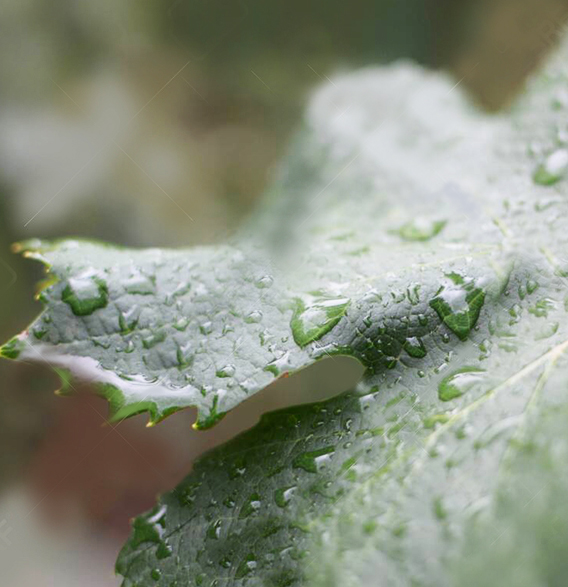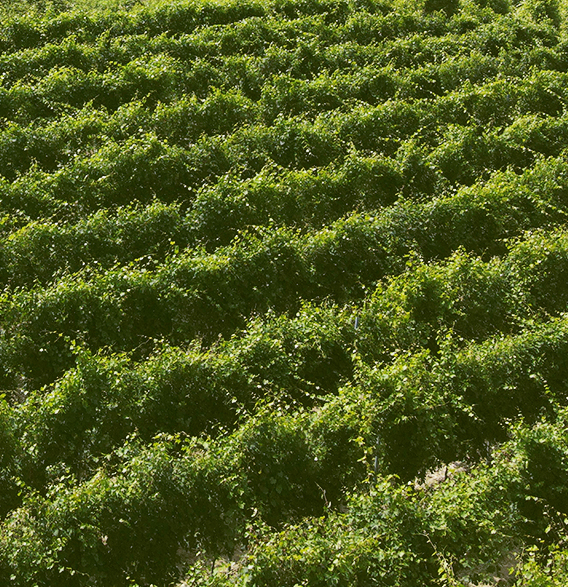WE GROW GRAPES AMONG WOODS, HILLS AND WISE TRADITIONS
Albugnano DOC originates in a small area in north-west Monferrato, on the border of the Province of Turin, that embraces the municipalities of Albugnano, Castelnuovo Don Bosco, Passerano Marmorito and Pino d’Asti. With an altitude in excess of 400 meters, these hills are higher than the northern Asti area.
The cultivation soil sits on light-coloured, medium-textured marlstone from the Miocene (Langhian-Burdiglian) era, while soil with tufaceous and sandy content occasionally surfaces in the topsoil.
The mosaic of soil types is a differentiating factor of these wines, as are the hill sides – and two in particular: the first one, which extends to the edge of Castelnuovo Don Bosco, is the widest and mostly covered with vines; the second one, towards Berzano San Pietro, is more woody, with steeper slopes, and the vines occupy the areas with the best exposure.
The woods and altitude contribute to the cool climate favourable to the Nebbiolo vine, which ripens earlier than other terroirs.
OUR WINE HAS TWO GOOD FRIENDS: RAIN AND ALTITUDE
Altitude is the most important factor that differentiates wines: in Albugnano the vineyards grow at altitudes between 200 and 540 metres above sea level. This strongly influence the grapes’ acidity and aromatic development. The wines have different characteristics according to the position, exposure and altitude.
Rainfall is the other key factor. Albugnano is one of the villages with the highest and most frequent rainfall in the Asti province, according to the analysis of rainfall effects on the soil characteristics of the Barbera d’Asti conducted by the Piemonte Region.
Albugnano is also the coolest area in the province, with a lower average temperature that varies significantly at different altitudes.
